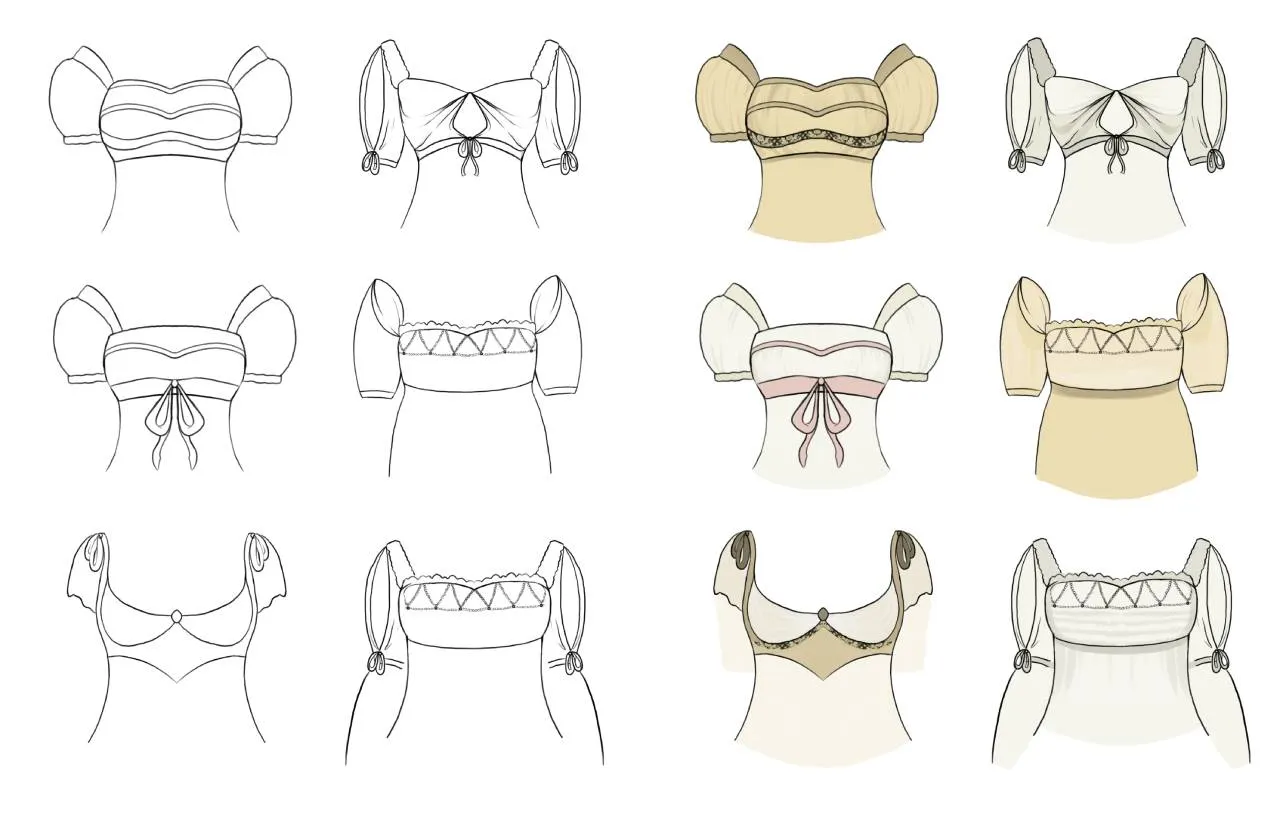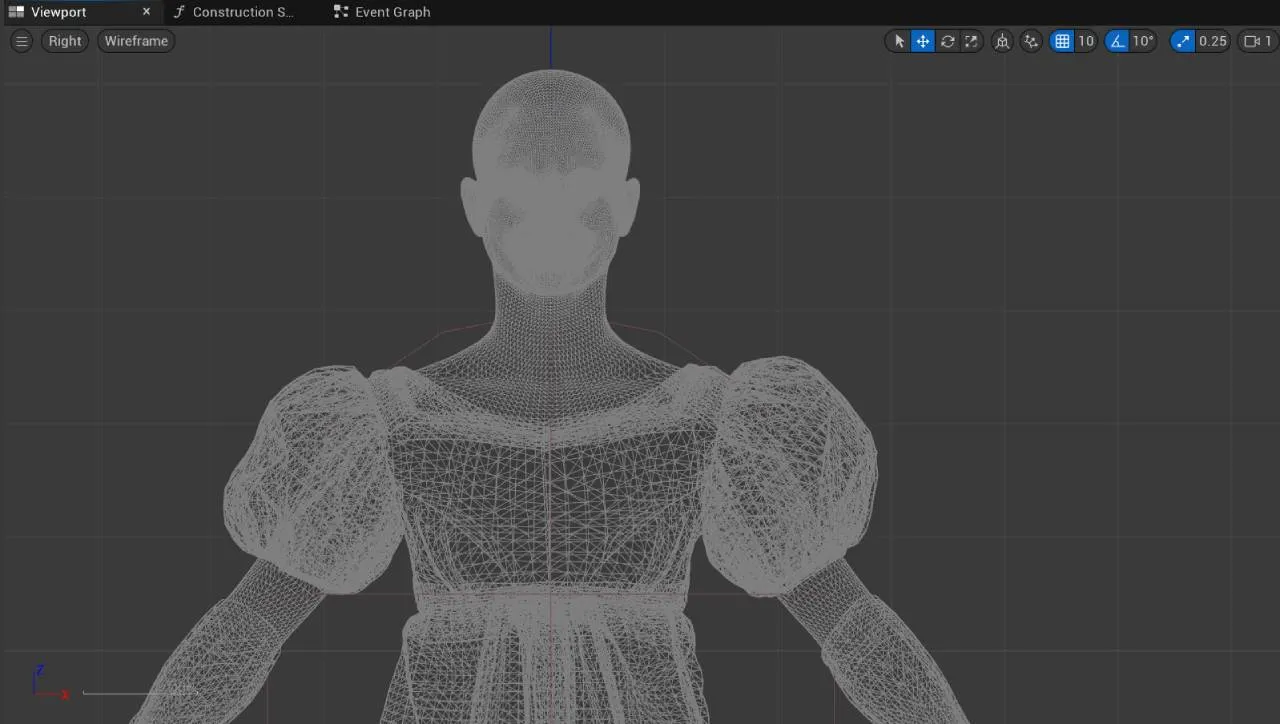It is a truth universally acknowledged that a single man in possession of a good fortune must be in want of an AI.
At least, that’s what Jane Austen’s House thinks. The museum in Hampshire, England—where the author lived and worked—has teamed up with AI firm StarPal and the University for the Creative Arts (UCA) to create “Lizzy,” an AI avatar based on Austen’s Pride and Prejudice heroine Elizabeth Bennet.
“It is so exciting to finally be able to lift Elizabeth Bennet off the page and to be able to have real-time conversations with her,” said Sophy Smith, director of games and creative technology at UCA, in a press release.
“This technology has the potential to transform experiences within both the museum and heritage, as well the education sector,” Smith added, adding that the technology will enable museum visitors to “engage directly” with Austen’s character.
Creating Lizzy
The first step in creating an AI avatar was to pick a suitable fictional character.
“There are lots of AI avatars, but these were people that existed in the past,” Lauren Newport-Quinn, project manager for UCA’s Games and Innovation Nexus, told Decrypt. “We thought it’d be nice to do something with a fictional character, where no one’s been able to pick their brains before.”
The team debated which character would be best suited to the project, which needed “someone who has a lot to say—has some strong opinions—who’s very well rounded and could give good advice,” Newport-Quinn said. “That’s when we landed on Elizabeth Bennett.”
To create Lizzy’s knowledge bank, StarPal and UCA turned to a selection of novels, manuscripts, and period-accurate information curated with the help of Jane Austen’s House researchers.
“It was basically anything that was instructed by the museum director as personal knowledge that she should have,” Newport-Quinn said. As well as Pride and Prejudice itself, Lizzy draws on “scholarly studies on Pride and Prejudice, the works of Jane Austen as a whole, and studies on her life.” This was supplemented with demographic and lifestyle information from the Regency era.
The avatar’s dress and hair. meanwhile, were designed and created by students from the Games Arts and Digital Fashion courses at UCA, drawing on fashion templates from the Regency period.

“It was exciting bringing to life the cut of dress, accessories, and embroideries—all inspired by historical drawings and descriptions,” said UCA MA Digital Fashion student Anya Haber, who created Lizzy’s dress in 3D. She added that”it showed how useful technology can be in a historical setting, letting fans engage with fictional characters.”
Conversations with AI avatars could be “an easier way to learn for certain learning styles,” Newport-Quinn explained. “If you’re not a visual passive learner, where reading something you don’t digest that information as well—if you have a conversation with someone, that might be able to enhance your level of knowledge on that topic.”
Smith affirmed that AI avatars could be used as educational tools, where “instead of only having text-based revision guides, students can now learn about literature by speaking directly to the characters.”

AI avatars
AI avatars are increasingly being used to bring fictional characters, dead celebrities, and even digital twins to life. Earlier this year, AI firm Soul Machines created an avatar of Marilyn Monroe, while London-based developer Synthesia has created “Personal Avatars” that enable users to create a digital video duplicate of themselves that can be used on social media, in marketing campaigns and training videos.
British actor and musician FKA Twigs revealed in a U.S. Senate hearing earlier this year that she had created just such a digital twin, explaining that it is “not only trained in my personality, but […] can also use my exact tone of voice to speak many languages,” and that it could help her reach a more global fanbase.
But the question of who controls AI-generated likenesses has raised concerns. In October, a bipartisan group of U.S. Senators introduced the “No Fakes Act,” which aims to outlaw the creation of AI-generated likenesses without consent.
Edited by Ryan Ozawa.
